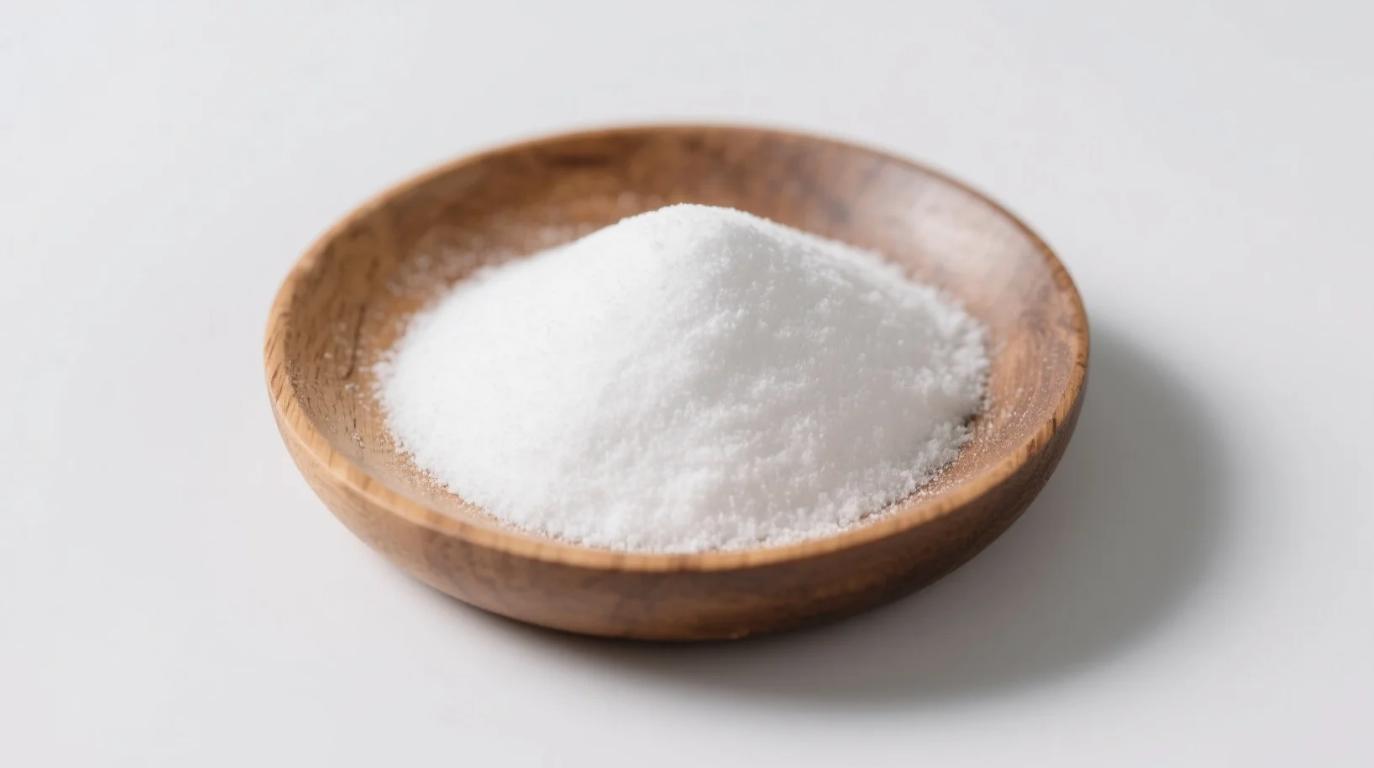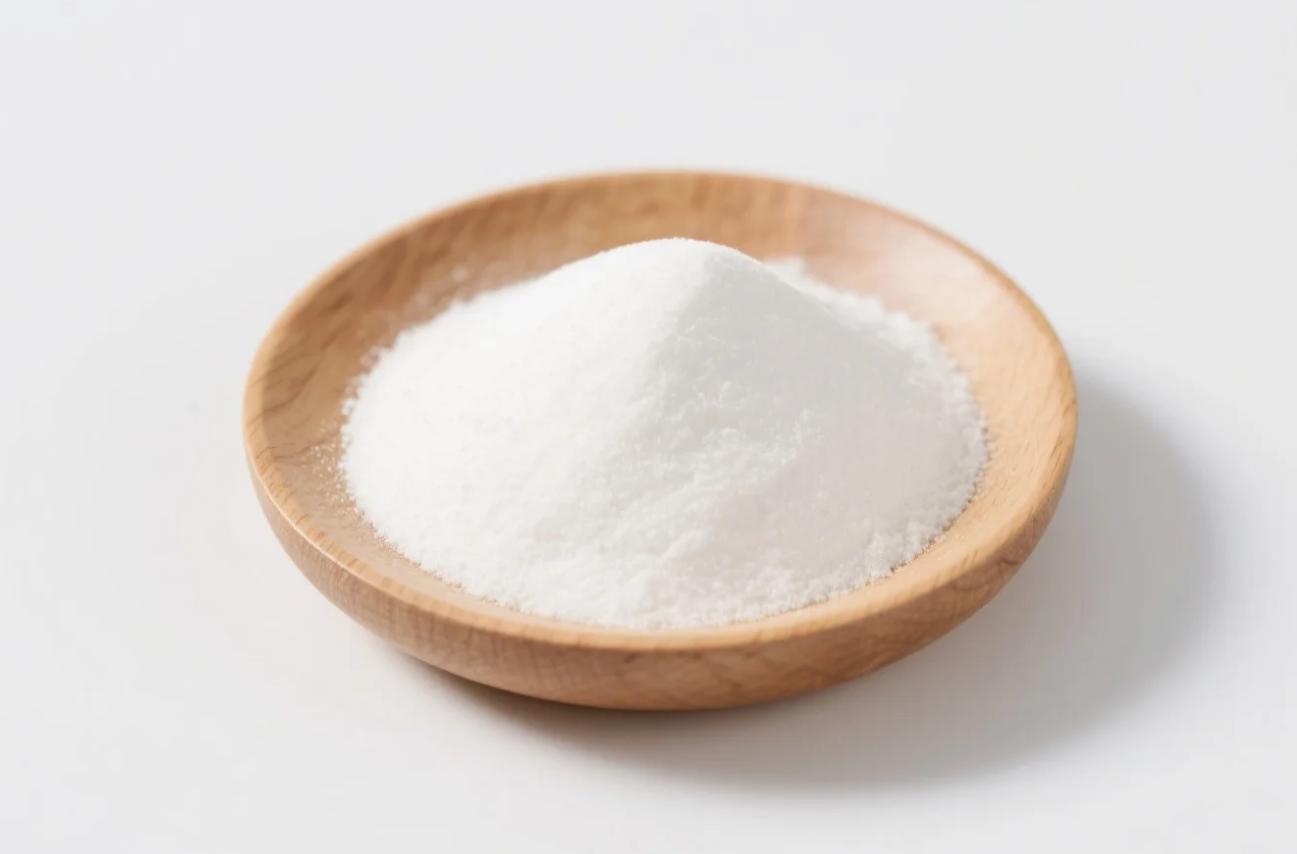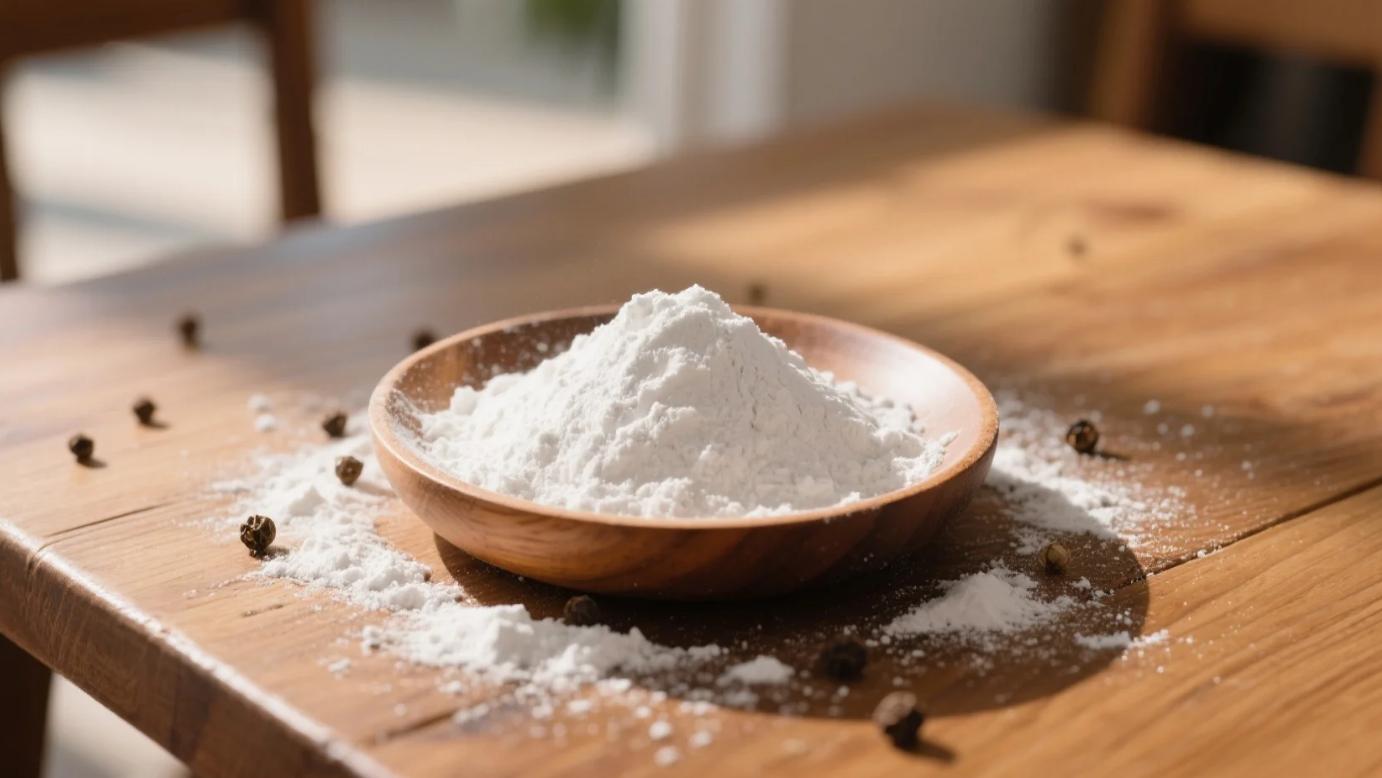Table of Contents
After wasting $200 on potato products that turned sauces gritty and gluten-free breads dense, I tested 7 organic brands in my kitchen lab. The verdict? Starch and flour are as different as chalk and cheese – one saves recipes, the other sabotages them. Here’s the science-backed breakdown.
Chemical Composition: Why They’re Worlds Apart
- Organic Potato Starch:
Pure extracted carbohydrates (98% amylopectin/amylose)
Process: Crush potatoes → wash out fiber/protein → dry pure starch
Microscopic view: Smooth oval granules - Organic Potato Flour:
Whole dehydrated potatoes (includes fiber, protein, sugars)
Process: Cook whole potatoes → dehydrate → grind into powder
Microscopic view: Coarse, irregular particles
Blind Test Results: Functionality Compared
| Application | Potato Starch Outcome | Potato Flour Outcome |
|---|---|---|
| Sauce Thickening | Glossy, transparent sauce in 60 sec | Cloudy paste with gritty lumps |
| Gluten-Free Bread | Light, airy crumb structure | Dense, gummy texture |
| Frying Coating | Feather-light, crispy crust | Soggy, doughy coating |
| Shelf Life | 2+ years (low moisture) | 6 months (oils risk rancidity) |
3 Real-World Consequences of Confusing Them
- Texture Disasters in Baking
- Flour’s protein/fiber absorbs 3x more liquid than starch → causes brick-like GF loaves
- Science: Starch’s amylose forms flexible gels; flour’s fiber creates rigid matrices
- Failed Sauces & Gravies
- Flour requires 20+ mins cooking to lose raw taste; starch thickens instantly at 140°F (60°C)
- Wasted Organic Premium
- Starch costs 5/lb;flourcosts3/lb. Using wrong one sacrifices $ without benefit
When to Choose Each (Expert Guidance)
Use Potato Starch For:
- Emergency sauce thickening (clear, no clumps)
- Creating airy gluten-free textures
- Crispy fried coatings (absorbs 40% less oil than flour)
- Binding moisture in meatballs/veg patties
Use Potato Flour For:
- Adding potato flavor to breads/soups
- Emergency whole-grain flour substitute (max 25% blend)
- Thickening stews requiring long simmer (flavor develops)
Critical Buying Tips for Organic Products
- Starch Purity Test:
Mix 1 tsp powder in ½ cup cold water → pure starch dissolves clear; flour clouds instantly - Avoid “All-Purpose” Scams:
Products claiming to be both are ineffective compromises - Storage Hack:
Starch: Store in pantry; Flour: Freeze to prevent oils turning rancid
The Final Verdict
Organic potato starch and potato flour are fundamentally different ingredients with distinct chemical structures and culinary functions. Starch acts as a potent thickener and texture enhancer, while flour serves as a flavor carrier with binding limitations. Substituting one for the other risks dish failures and wasted investment – know your purpose and purchase accordingly.
Pro’s Texture Rescue Formula:
1:1 blend of potato starch + tapioca starch
→ Creates stretchy gluten-free doughs without gumminess. Stores 18 months.
Select by function, not assumption. Your recipes will thank you.
You might also like
Organic Dextrose Powder
A simple, naturally derived sugar from organic corn starch, offering clean sweetness, rapid energy, and…
Organic Maltodextrin Powder
Organic maltodextrin with DE 8–20 range, neutral taste, high solubility, and multiple functional uses.
Organic Glucose Syrup
A pure, viscous liquid sweetener derived from organic corn starch, offering balanced sweetness, excellent body,…




